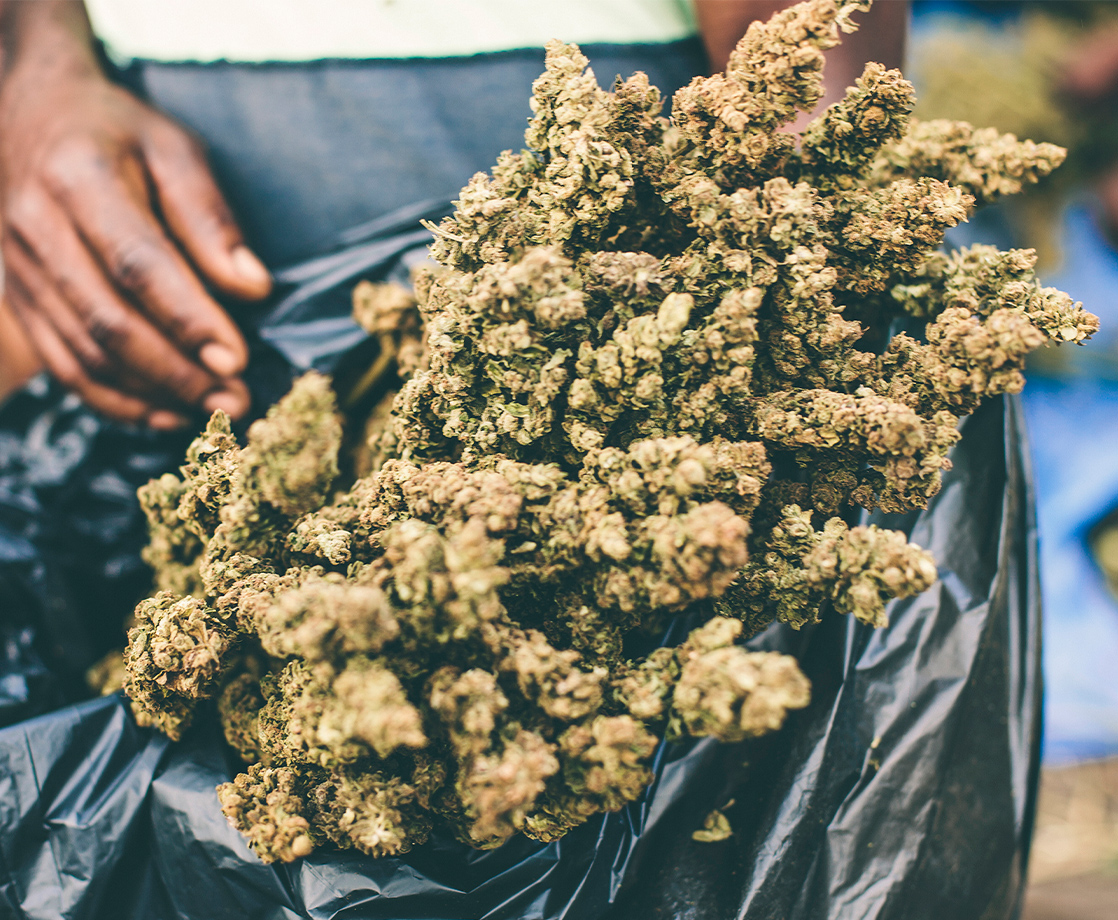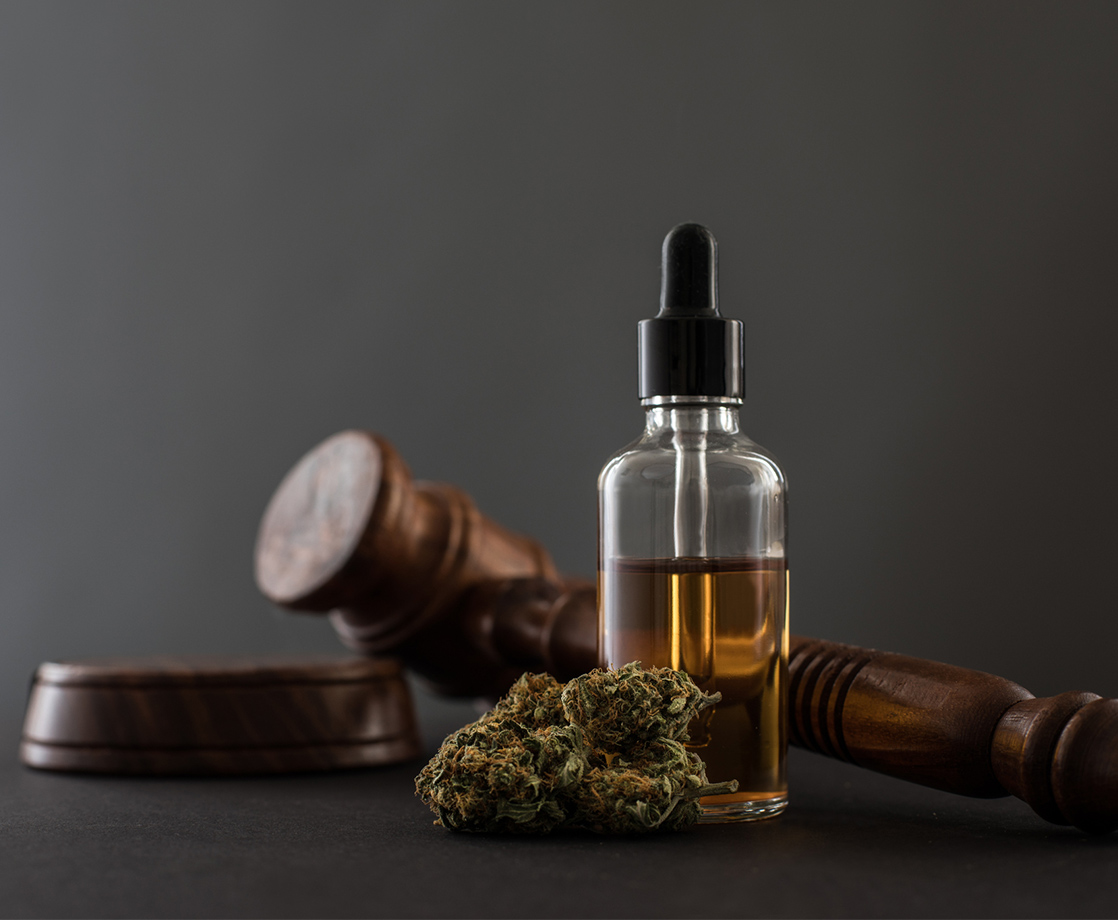At the start of January 2019, Oregon’s adult-use cannabis industry rang in the new year with around 1.3 million pounds of unsold weed sitting in store inventories. It’s great news that the Beaver State’s pot industry has been thriving ever since the state legalized adult-use in 2014, but legal growers ended up producing more than three times the amount of weed that Oregonians consume in any given year.
The massive oversupply caused no end of problems. Plummeting prices convinced some growers to sell off their excess weed to the black market, a situation that drew the watchful eye of the federal government. Caught between the threat of federal intervention and the grim reality of legal weed rotting away in warehouses, Oregon eventually passed a law that freezes all new pot business licenses until 2022.
Yet, in spite of efforts to rein in this wild weed oversupply, Oregon’s pot producers grew their biggest crop of all time last year. According to a new report by the Oregon Liquor Control Commission (OLCC), the agency that regulates the state’s adult-use industry, licensed producers harvested over 5.7 million pounds (2,600 metric tons) of wet weight weed between January 1st and November 30th of last year. This record harvest marks a 16 percent increase over the amount grown in 2018.
Fortunately, the gap between supply and demand is starting to close. The OLCC reports that the state sold around 25 percent more legal weed in 2019, and sales of extracts, edibles, concentrates, and tinctures grew by an impressive 50 percent. However, the agency notes that since extracts and concentrates are shelf-stable products, stores are likely selling off previous years’ overstock rather than new products.
“In other words, even though demand is increasing significantly, it may still be consuming prior years’ supply of extracts and concentrates, and more time is needed to reduce ‘back stock’ of inventories,” the report explains.
At the start of 2019, the oversupply issues caused wholesale prices to tank, but the industry managed to rally in the second half of the year. Last April, wholesale prices hit a new low of $650 a pound, a far cry from the heady days of 2017, when sales peaked at $1,700 a pound. But as demand for edibles and oils increased, processing companies began buying up more raw flower, and wholesale prices climbed back up to $1,200 a pound.
Despite the ongoing supply issues, the OLCC is positive that the adult-use industry will eventually find the right balance of supply and demand. The report notes that the new licensing freeze law was passed too late in the year to have any impact “on the supply, demand, or other economic factors within the recreational marijuana market,” but these licensing changes will be in full effect for the 2020 growing season.
“Oregon’s nascent recreational cannabis industry has come a long way in a few short years,” the OLCC report concludes. “It has already experienced boom and bust dynamics similar to other commodities, as well as the effects of consumer demand and oversupply, while at the same time far surpassing expectations for providing a significant source of revenue for the state.”











